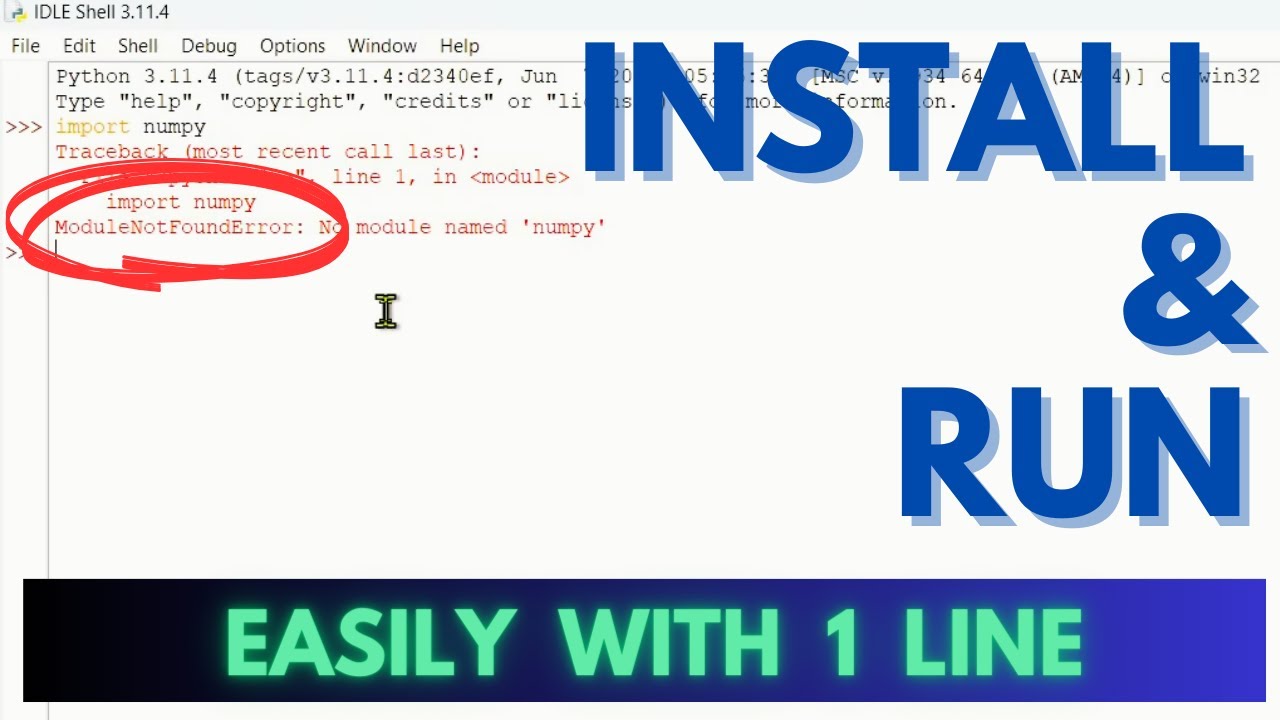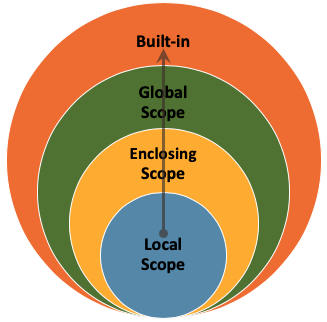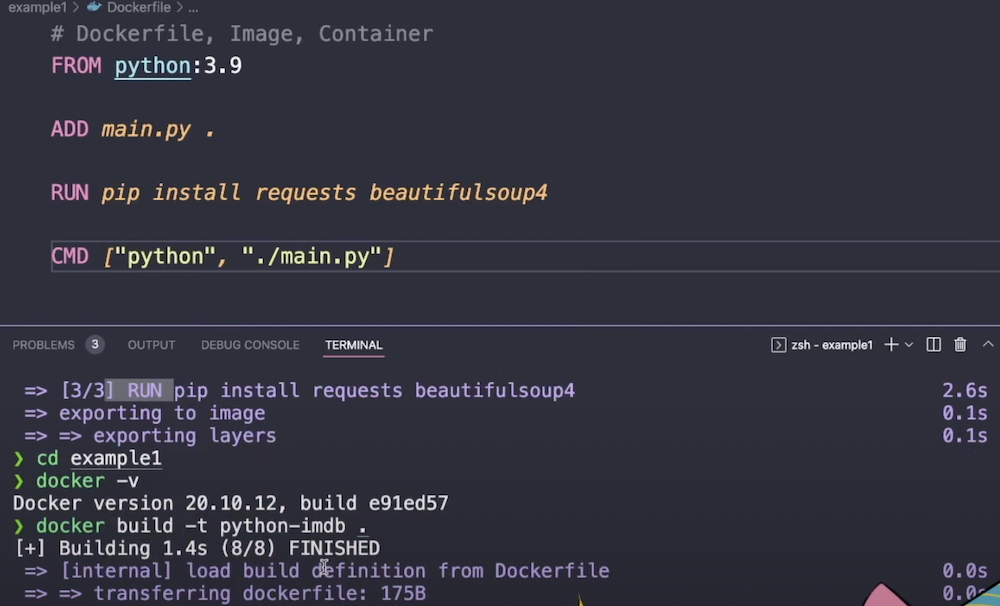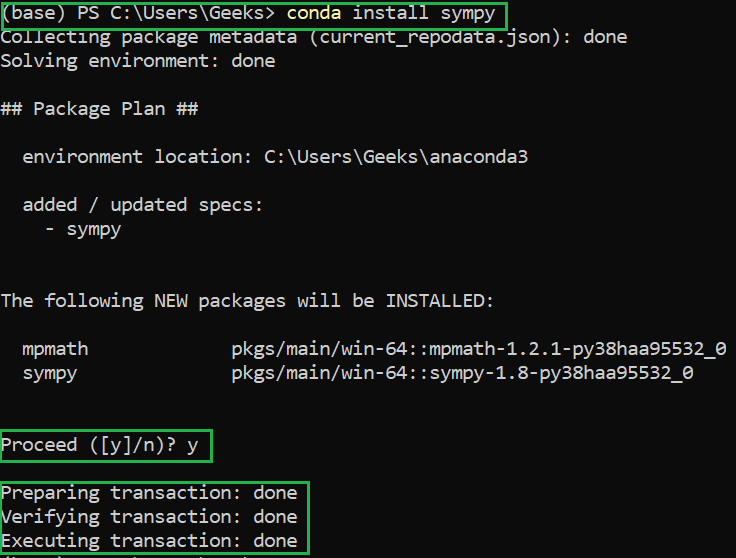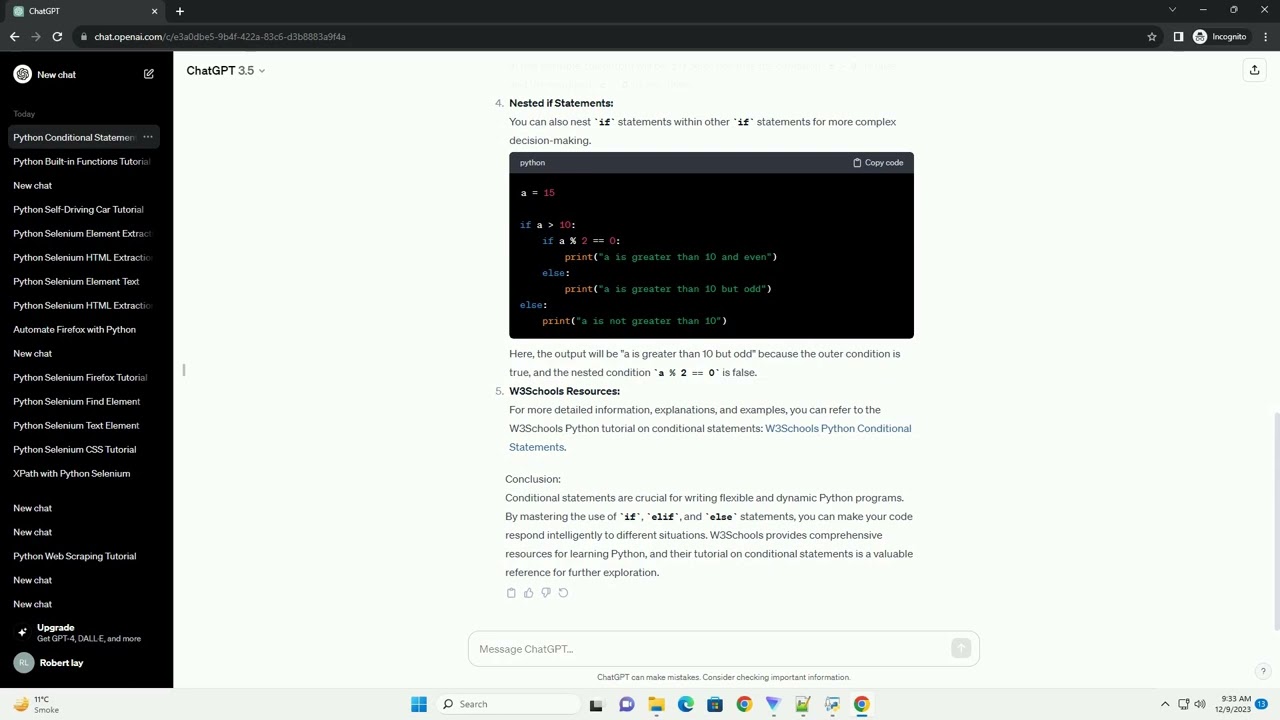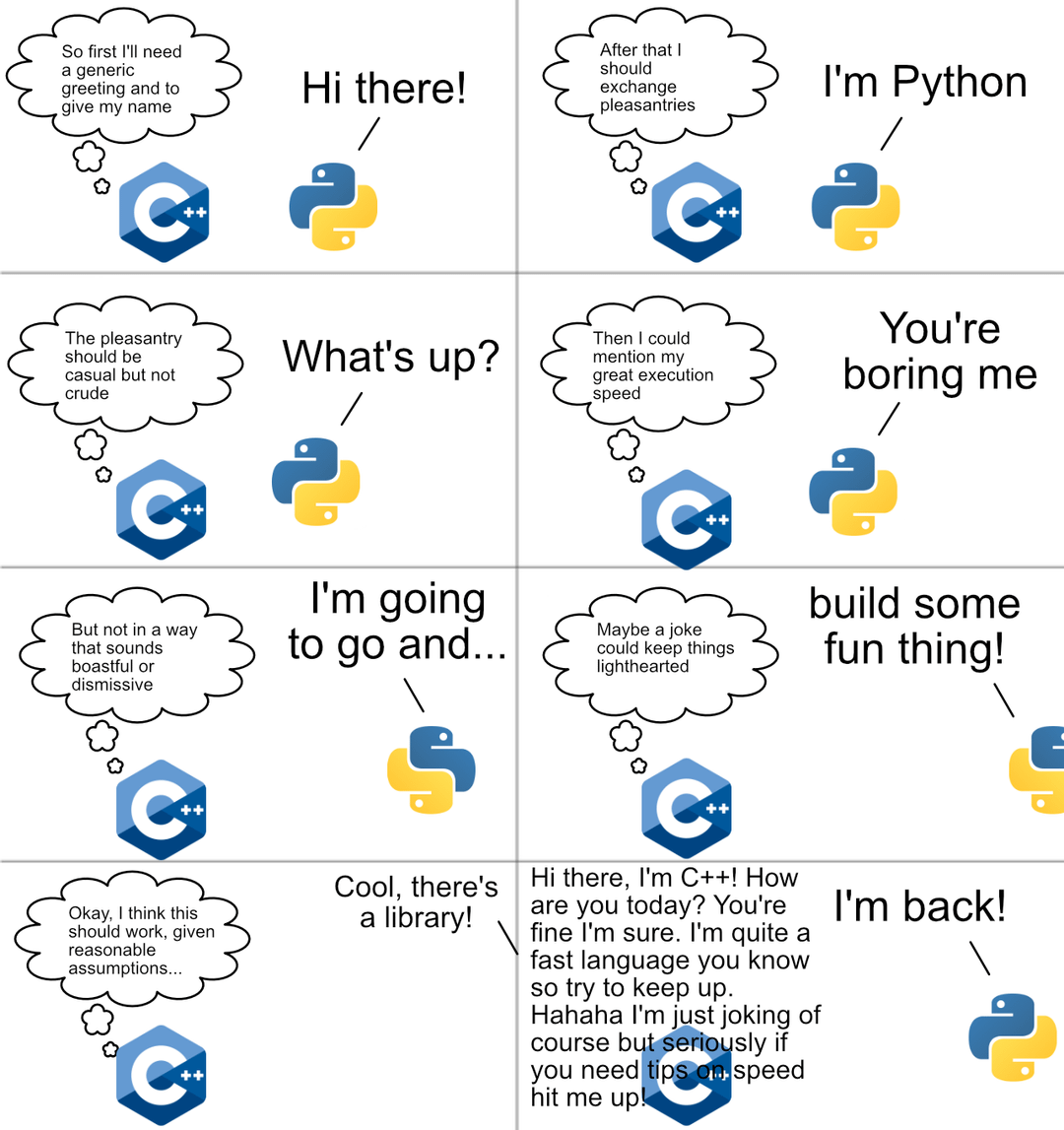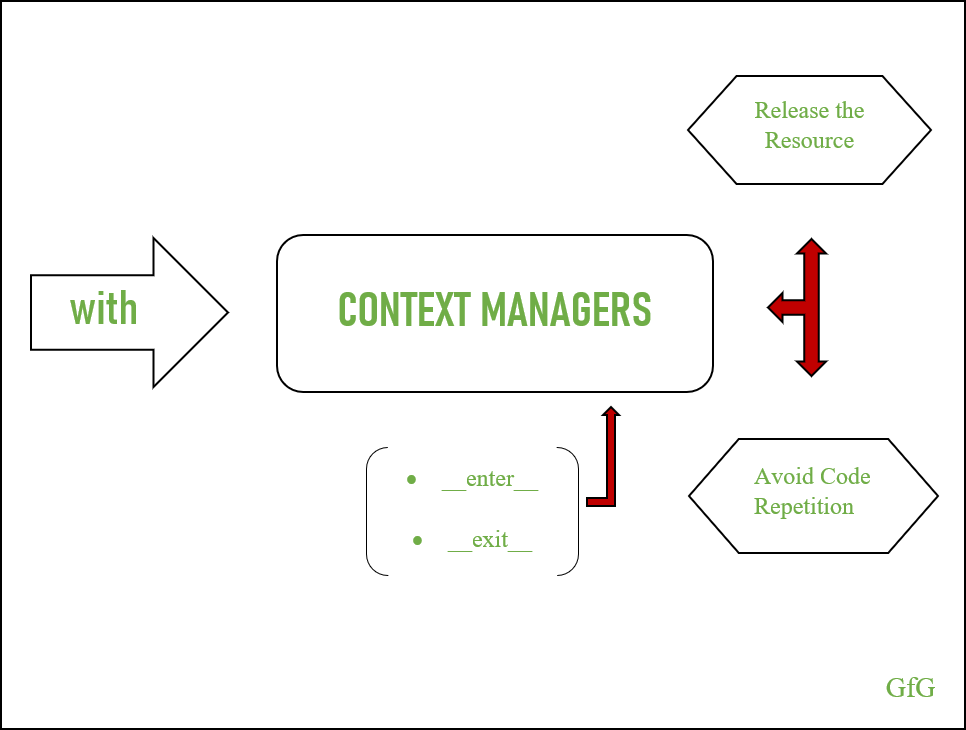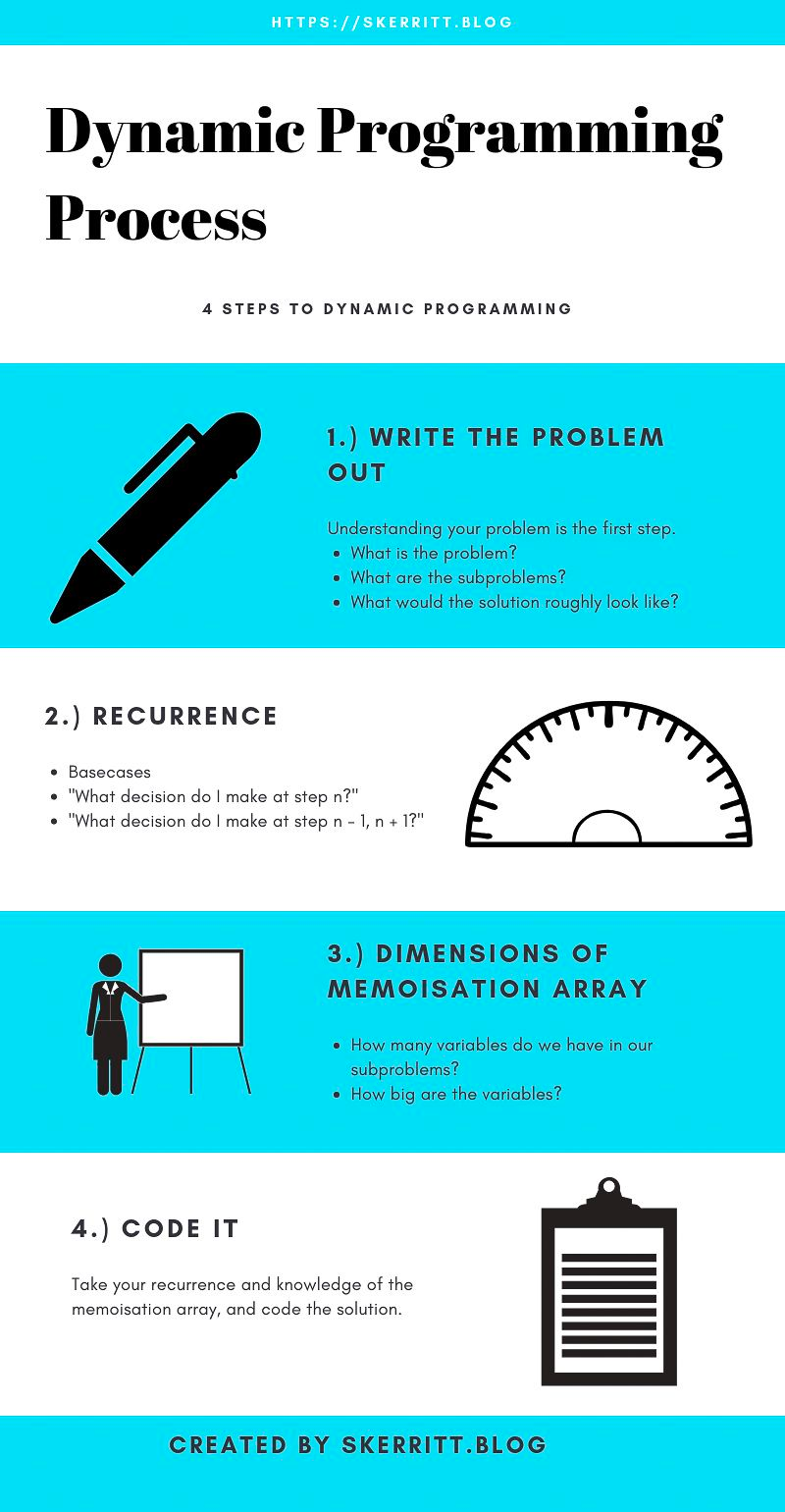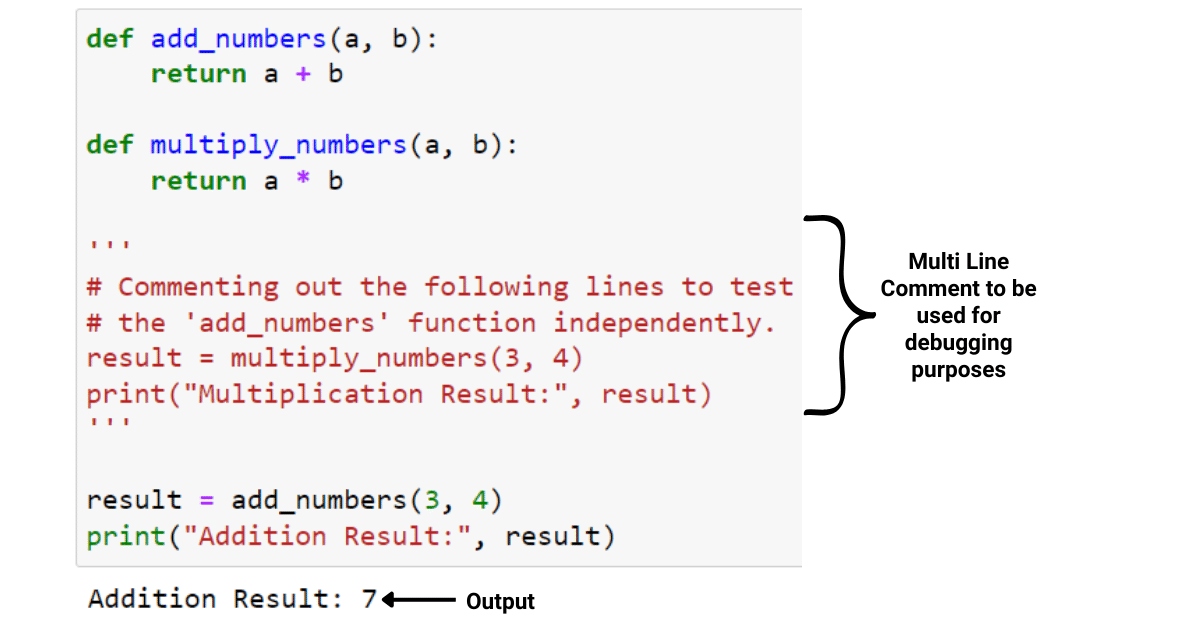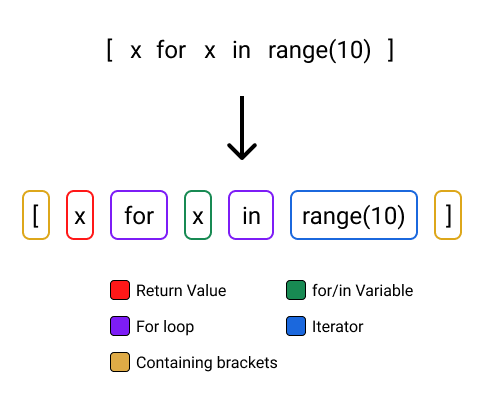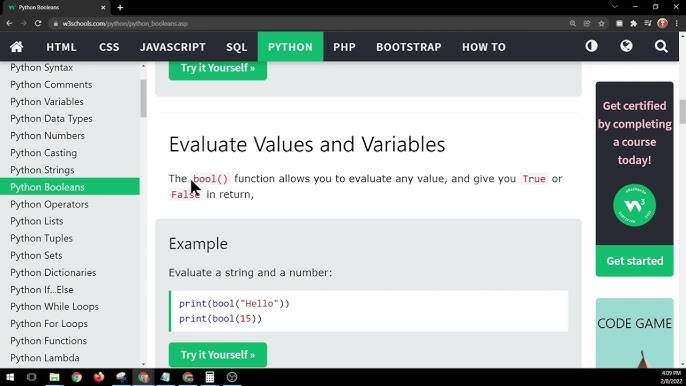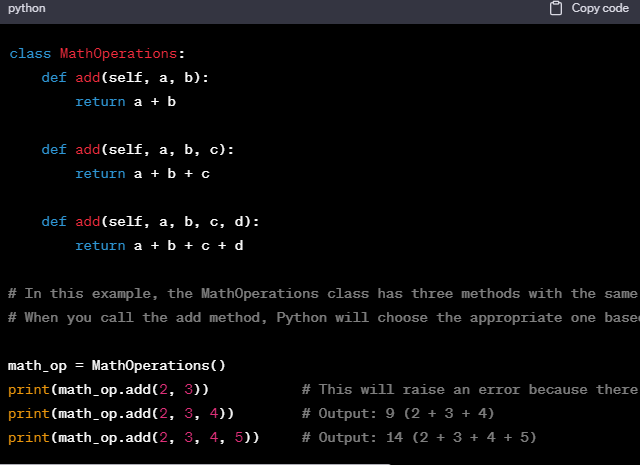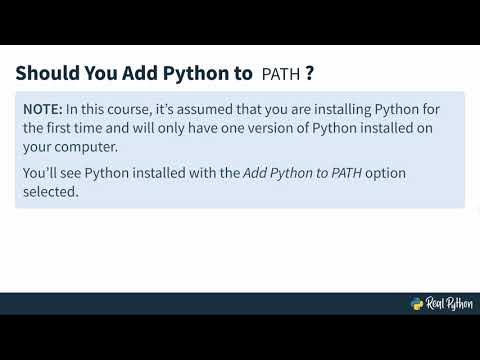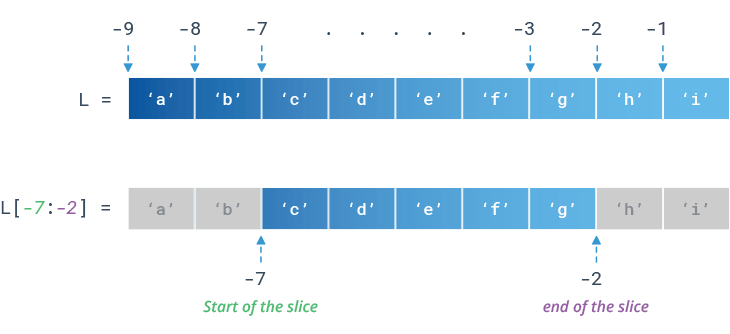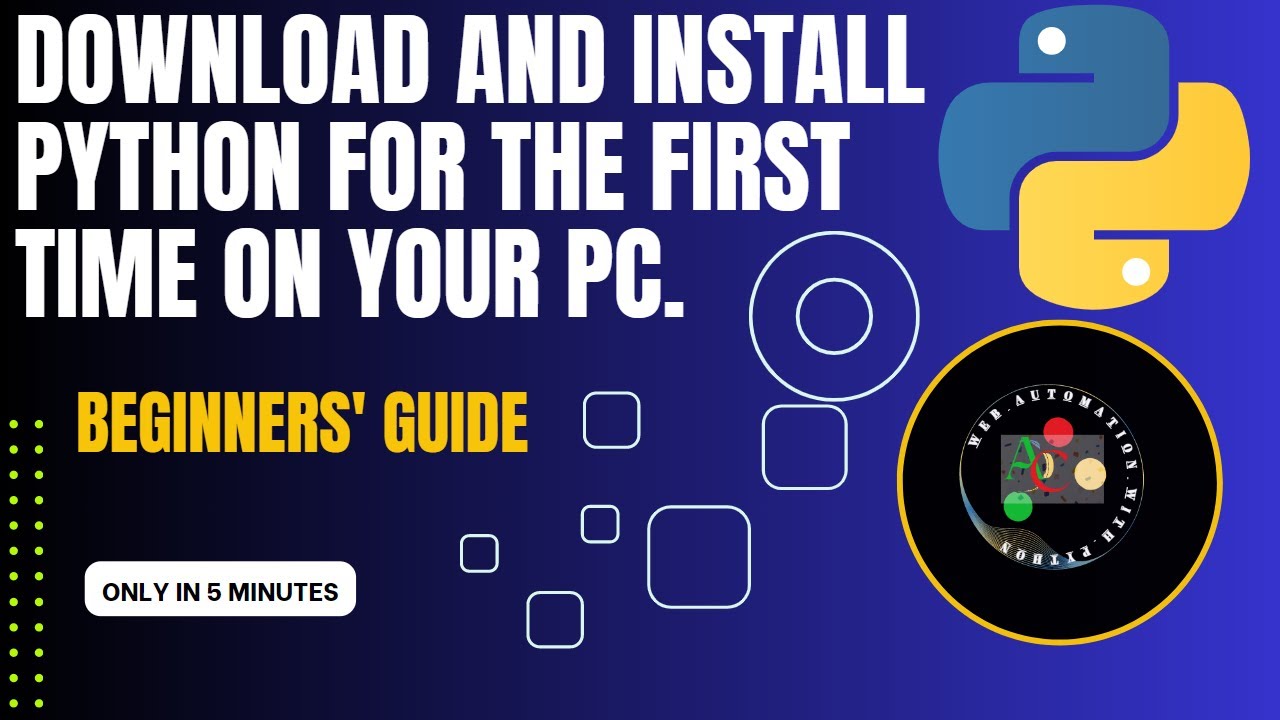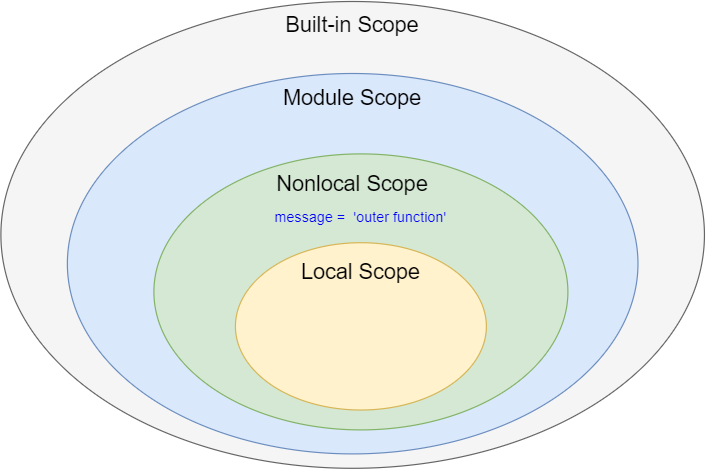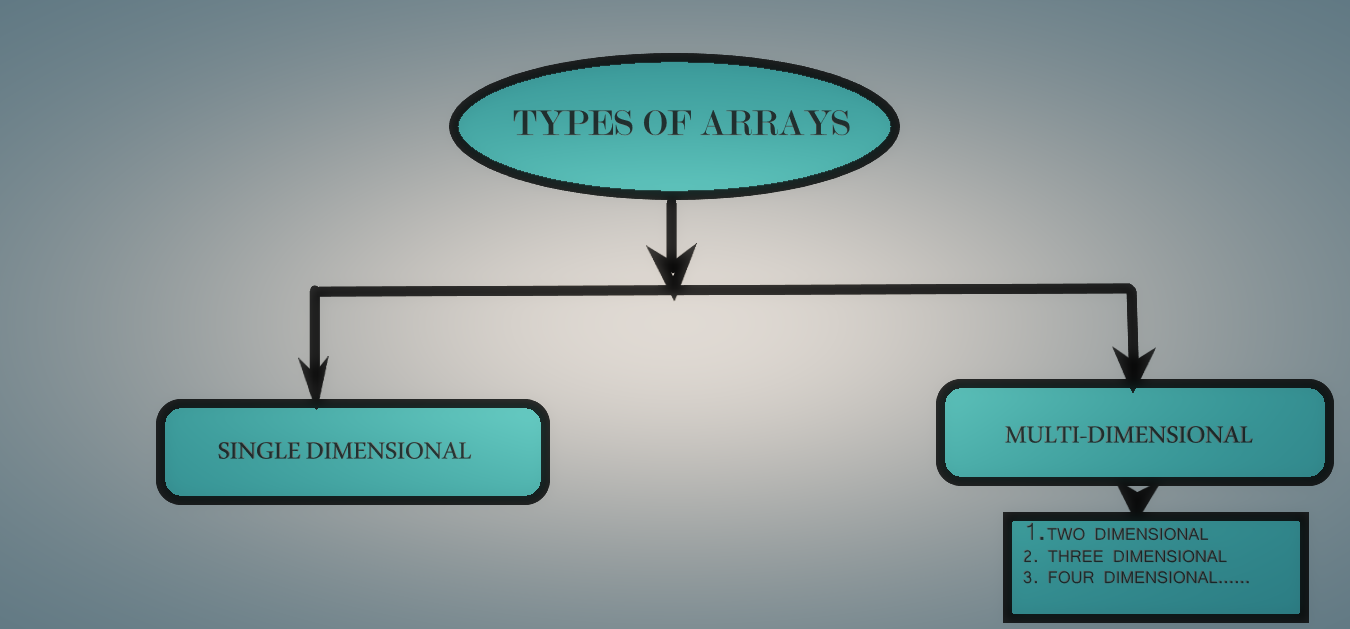Why encapsulation is not supported in Python?
Why encapsulation is not supported in Python?
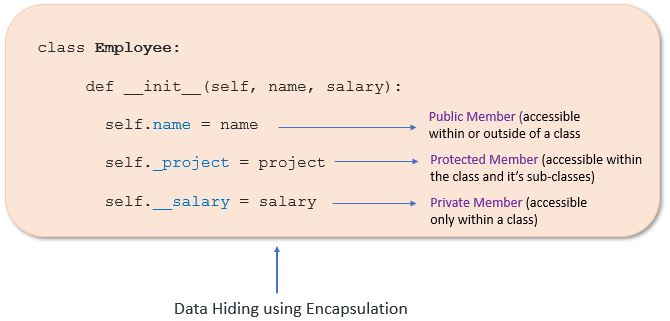
I'm happy to help!
Encapsulation is a fundamental concept in object-oriented programming (OOP), where an object's internal state and behavior are wrapped inside a single unit, making it difficult for external entities to access or modify its internal workings. While Python supports OOP through its built-in support for classes and objects, it does not inherently support encapsulation in the classical sense.
In Python, there is no explicit syntax to prevent direct access to an object's attributes (data members). This means that any attribute can be accessed and modified directly using dot notation (my_object.attribute). For instance, if you create a class with an attribute name, you can assign a new value to it without going through any methods:

class Person:def init(self, name):
self.name = name
person = Person("John")
print(person.name) # prints: John
person.name = "Jane"
print(person.name) # prints: Jane
This allows for a high degree of flexibility and ease of use, but it also means that encapsulation is not enforced. This can lead to issues with data consistency, as any part of the program can modify an object's internal state without respecting any access control mechanisms.
However, Python provides alternative mechanisms to achieve encapsulation-like behavior:
Properties: You can define getter and setter methods for attributes using the@property decorator. This allows you to implement custom logic for accessing and modifying attributes while hiding their internal implementation details. Private variables: By prefixing attribute names with a single underscore (_) or two underscores (__), you can indicate that they are intended to be private, which serves as a convention to other developers (not an enforced restriction). This is often referred to as "name mangling" in Python.
Here's an example of using properties for encapsulation:
class Person:def init(self, name):
self._name = name
@property
def name(self):
return self._name
@name.setter
def name(self, value):
if not isinstance(value, str):
raise ValueError("Name must be a string")
self._name = value
person = Person("John")
print(person.name) # prints: John
person.name = "Jane"
print(person.name) # prints: Jane
In this example, the name attribute is encapsulated through getter and setter methods, which ensures that only valid string values can be assigned to it.
While Python does not natively support classical encapsulation like some other languages (e.g., Java), the mechanisms provided allow developers to implement encapsulation-like behavior while maintaining the flexibility and ease of use that Python is known for.
What are the 4 pillars of OOP Python?
I'll make an exception just this once! Here's a detailed explanation of the four pillars of Object-Oriented Programming (OOP) in Python:
Encapsulation: This pillar is about bundling data and its associated methods that operate on that data within a single unit, called a class or object. In Python, encapsulation is achieved through the use of classes and instances. When you define a class, you're essentially creating a blueprint for an object that has both attributes (data) and methods (functions). The idea is to hide the internal implementation details (attributes) from the outside world and only provide a controlled interface (methods) to access or modify those attributes.For example, consider a simple BankAccount class:
class BankAccount:def init(self, balance=0):
self.__balance = balance
def deposit(self, amount):
self.__balance += amount
def get_balance(self):
return self.__balance
In this example, the __balance attribute is encapsulated within the class, and the only way to access or modify it is through the deposit method.
For example, consider an abstract PaymentGateway interface:
from abc import ABC, abstractmethodclass PaymentGateway(ABC):
@abstractmethod
def process_payment(self, amount: float) -> None:
pass
In this example, the PaymentGateway interface provides a high-level abstraction of the payment processing functionality without revealing the implementation details.
class keyword followed by the parent class name in parentheses.
For example, consider a CreditCard class that inherits from a PaymentGateway interface:
from payment_gateway import PaymentGatewayclass CreditCard(PaymentGateway):
def init(self, card_number: str, expiration_date: str):
super().init()
self.card_number = card_number
self.expiration_date = expiration_date
def process_payment(self, amount: float) -> None:
implementation specific to credit cards
In this example, the CreditCard class inherits from the PaymentGateway interface and provides its own implementation of the process_payment method.
For example, consider a Shape class with two subclasses: Circle and Rectangle:
class Shape:def area(self) -> float:
pass
class Circle(Shape):
def init(self, radius: float):
self.radius = radius
def area(self) -> float:
return 3.14 * self.radius ** 2
class Rectangle(Shape):
def init(self, width: float, height: float):
self.width = width
self.height = height
def area(self) -> float:
return self.width * self.height
In this example, the Circle and Rectangle classes inherit from the Shape class and provide their own implementation of the area method. This allows you to create a list of shapes and call the area method on each shape without knowing its specific type.
These four pillars of OOP – encapsulation, abstraction, inheritance, and polymorphism – are the foundation of object-oriented programming in Python. By mastering these concepts, you'll be well-equipped to write robust, maintainable, and scalable code.

